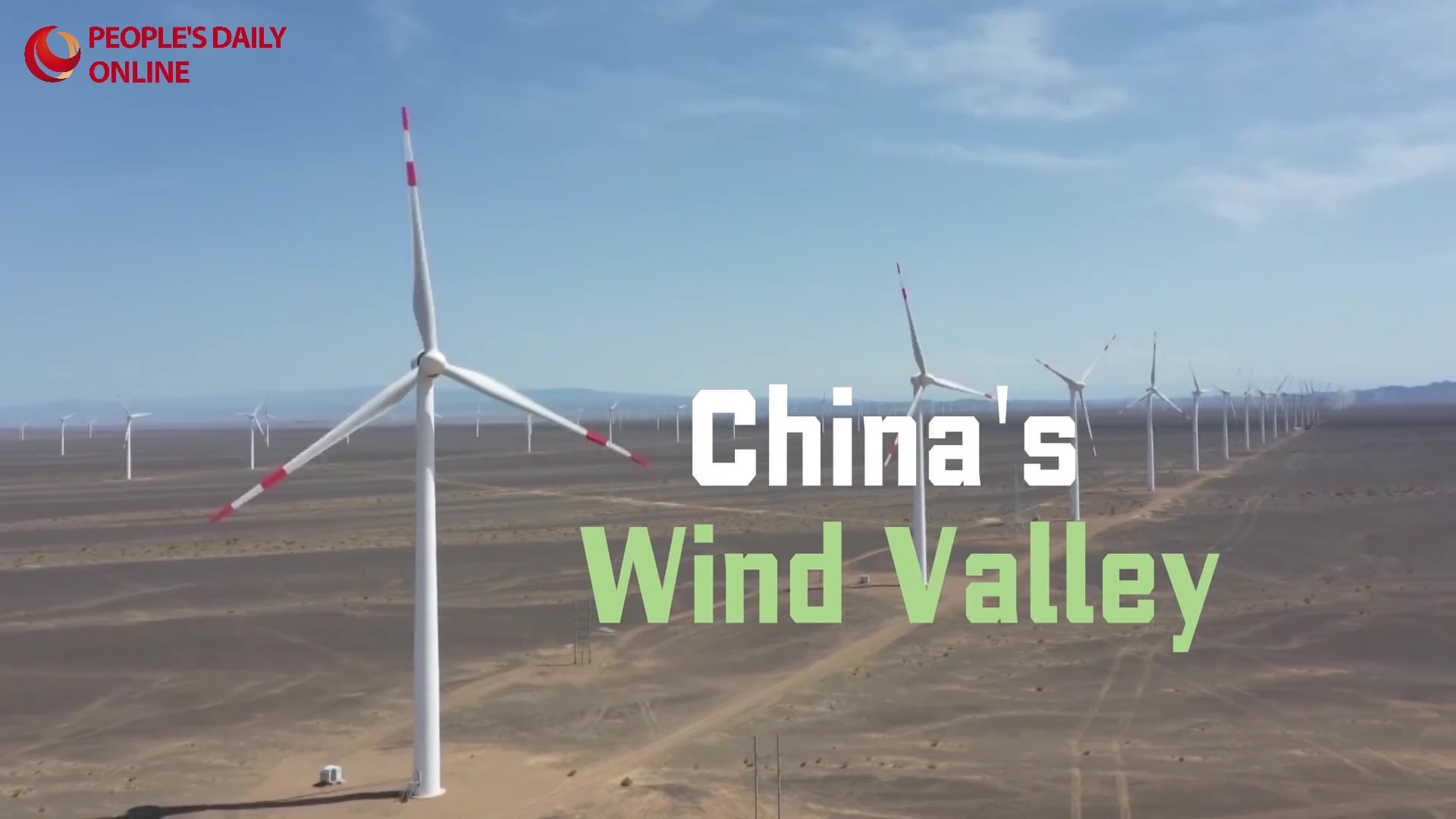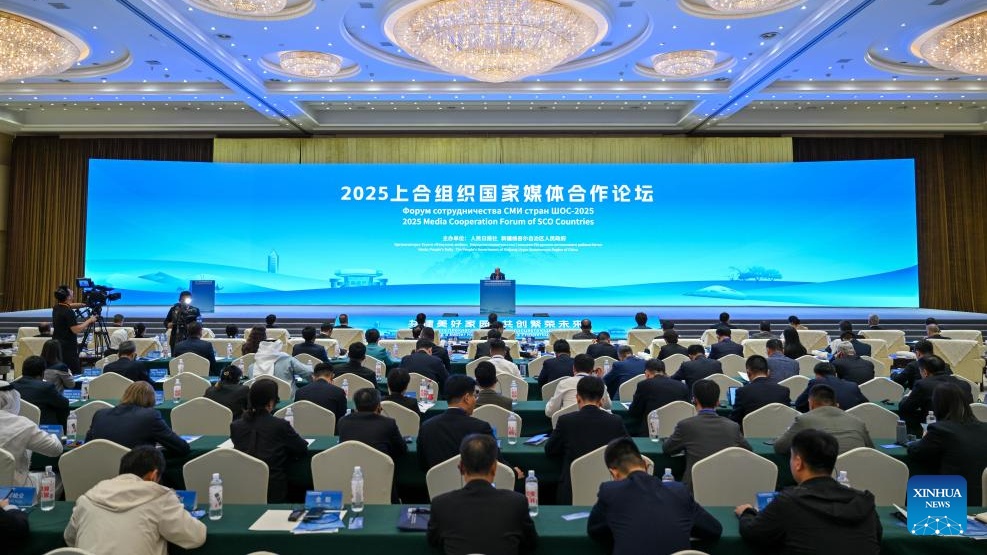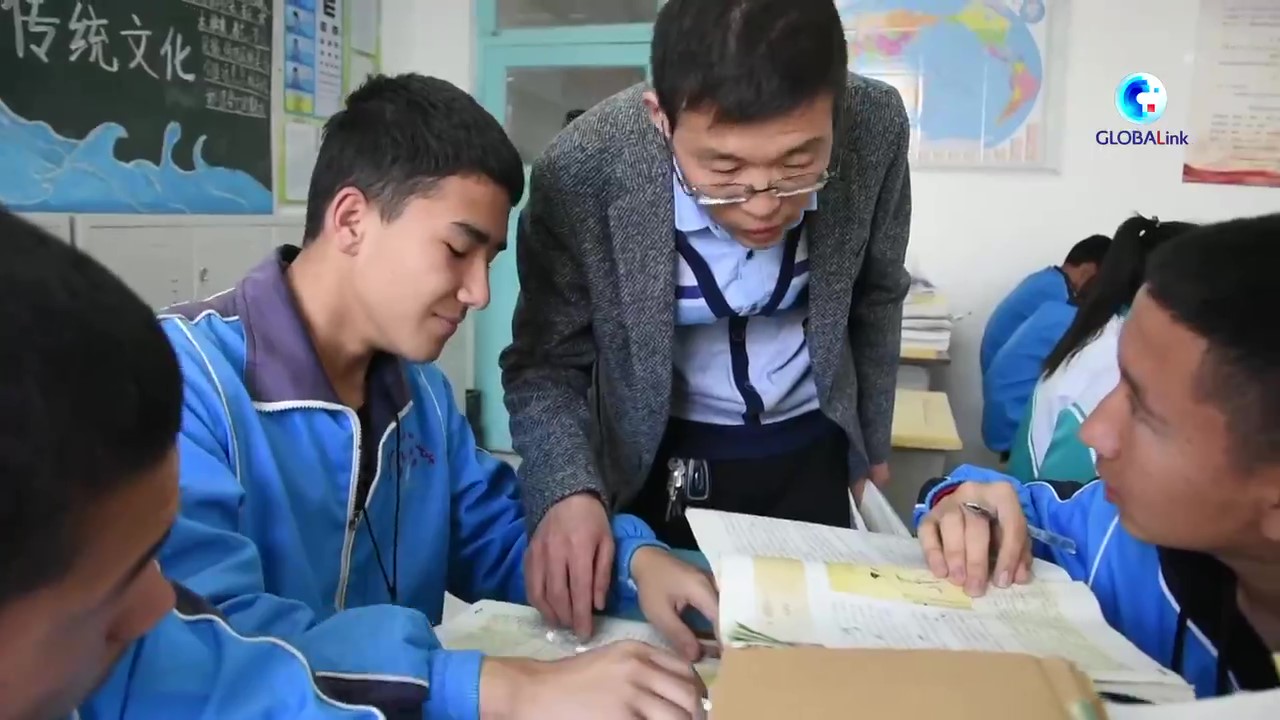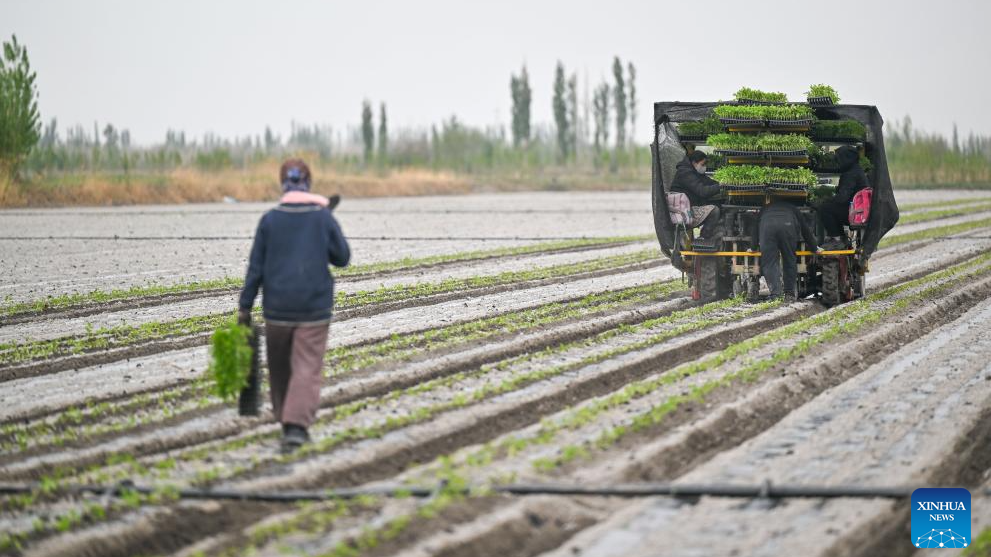State Grid Xinjiang Electric Power recently completed an annual interprovincial market transaction volume of 116.1 billion kilowatt-hours for 2025, with the market transaction scale once again exceeding 100 billion kWh, according to data released by the Beijing Power Exchange Center.
The transaction volume ranked the Xinjiang Uygur autonomous region third among State Grid's operating regions in terms of annual market transaction volume. Among them, the traded volume of new energy stood at 34.96 billion kWh, accounting for more than 30 percent of the total. This significantly contributes to realizing of the "dual carbon" goal and the national energy security supply by Xinjiang's power industry, the center said.
State Grid Xinjiang's effort to boost Xinjiang's power transmission was expedited by the early signing and implementation of intergovernmental agreements for the initiative of power industrial aid to Xinjiang, ensuring continuous improvements to power transmission from the region in 2025.
To promote consumption of new energy, State Grid Xinjiang has capitalized on interprovincial annual transactions, engaging with higher-level trading institutions and relevant purchasing provinces and cities that have optimized supply demand for efficient external transactions, with 60 percent of transmitted power concentrated during daytime off-peak hours. This strategy resulted in an 80.8 percent year-on-year increase in local new energy transactions with a total of 7.74 billion kWh generated and consumed by the end of 2024.
Additionally, green energy trading has been diversified by initiating multiyear transactions with cities and provinces such as Shanghai, the Jiangsu and Hubei provinces, as well as the Ningxia Hui autonomous region, achieving 3.87 billion kWh in interprovincial green electricity trading volume, and accounting for 50 percent of Xinjiang's new energy transmissions.
State Grid Xinjiang has prioritized green energy transmission. In 2024, the company enhanced the internal grid structure and expedited external transmission channel construction, establishing a main grid layout of "internal supply with five ring networks and external transmission with four channels", and further boosting efficient use and distribution of energy resources in the region. For example, the key 750-kilovolt Tacheng-Wusu transmission and transformation project in Xinjiang was put into operation at the end of September 2024 to meet the significant external transmission needs of new energy in Altay, Tacheng and Karamay.
Located in Northwest China, Xinjiang boasts abundant energy resources but has a limited local consumption capacity. Historically, its energy resources have struggled to translate into tangible benefits. Based on the region's development positioning and energy resource advantages, the electric power company has concentrated on optimizing the grid layout and coordinating construction of various levels of grids.
In 2010, the autonomous region connected the Hami-Dunhuang 750 kV power transmission and transformation project with the national power grid. In 2020, the Altay-Zhunbei 750 kV power transmission and transformation project was put into operation. Through years of effort, Xinjiang has built China's largest 750 kV ultrahigh voltage provincial-level power grid in terms of coverage area and geographical expanse, achieving full coverage across all prefectures and cities.
Power grids are driving economic and social development. On Dec 14, 2024, the Bazhou-Tieganlik-Ruoqiang 750 kV transmission and transformation project became operational, marking the largest individual investment scale 750 kV transmission and transformation project in the country during the 14th Five-Year Plan period (2021-25). It is also China's longest 750 kV transmission and transformation project in terms of desert route. Xinjiang now has the most 750 kV substations, the longest 750 kV lines and the largest coverage area in the country.
Green distribution
In 2024, State Grid Xinjiang accelerated implementation of key projects, with power grid infrastructure investment surpassing 20 billion yuan ($2.74 billion), reaching the largest scale since the start of the 14th Five-Year Plan.
Since 2010, four Xinjiang outbound power transmission channels known as the "two alternating current and two direct current" have been constructed. With ultrahigh voltage crisscrossing the country east to Shanghai, north to Beijing and south to Guangdong province, the power supply coverage has expanded significantly. By the end of 2024, power transmission from Xinjiang reached 126.43 billion kWh, with new energy accounting for more than 30 percent.
As energy supply becomes more diversified, the momentum of energy transformation continues to be unleashed. In 2024, Xinjiang's scale of new energy grid connection equaled the total of new energy installed capacity added between 2010 and 2021, ranking first in the country in terms of the scale of additions. Xinjiang's historic breakthrough in new energy installed capacity exceeding 100 million kilowatts offers proof that the region's new power system has entered a new stage in the construction of a national energy resource strategic security base.
To promote the adjustment of energy consumption structure and the green and low-carbon transformation of key industries and enterprises in the autonomous region, last June, the Xinjiang power exchange center pioneered a method for compiling Xinjiang's renewable energy power consumption statistics. Additionally, State Grid Xinjiang is continuously improving the green electricity market system, including green electricity trading and green certificate trading, while expanding the scale of green power and green certificate trading through measures such as advancing institutional mechanisms, increasing green power transmission, tapping into green electricity consumption potential, and innovating trading service mechanisms.
In 2024, Xinjiang achieved a record high in green electricity trading at 2.08 billion kWh and green certificate trading at 24.73 million certificates, marking a new peak in the scale of green electricity and green certificate transactions. Moreover, a milestone was reached when Xinjiang sent electricity to Jilin province for the first time on Dec 17, 2024, expanding its reach. Over the past year, Xinjiang's green power was first transmitted to Beijing, Fujian province and Jilin, while covering 20 provinces and cities.


.png)
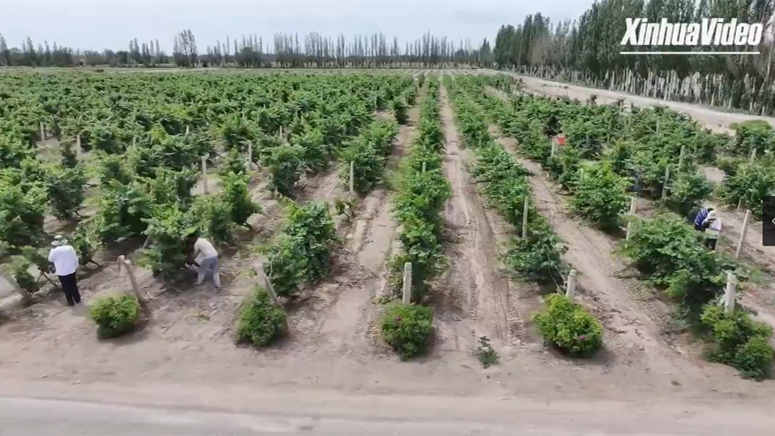
.png)

.png)


